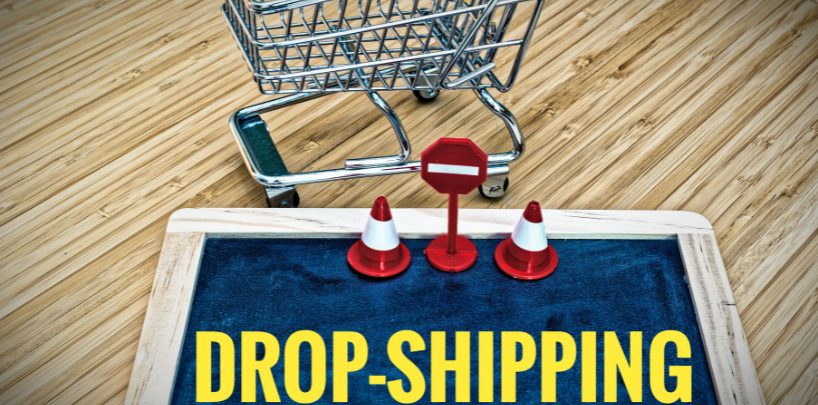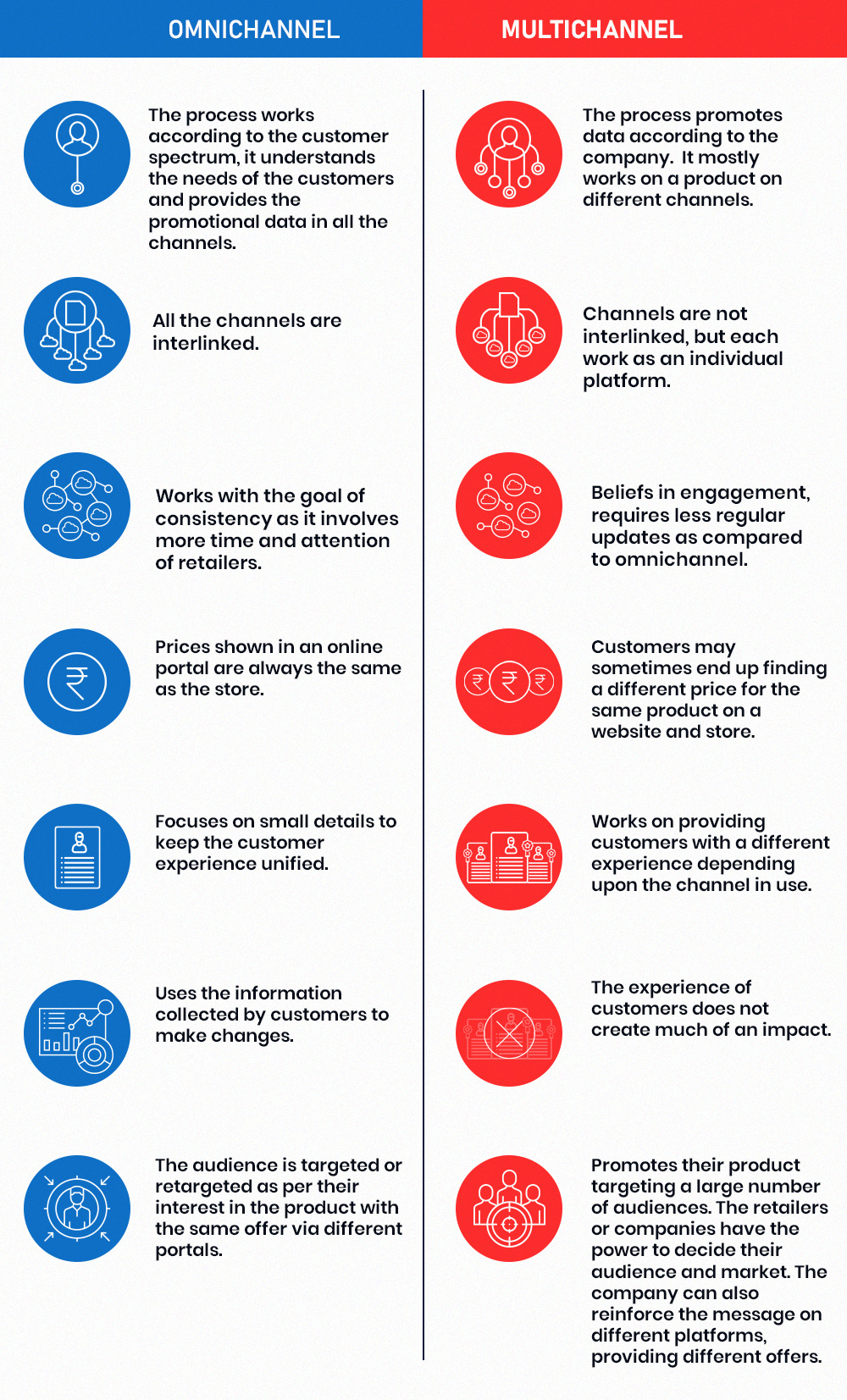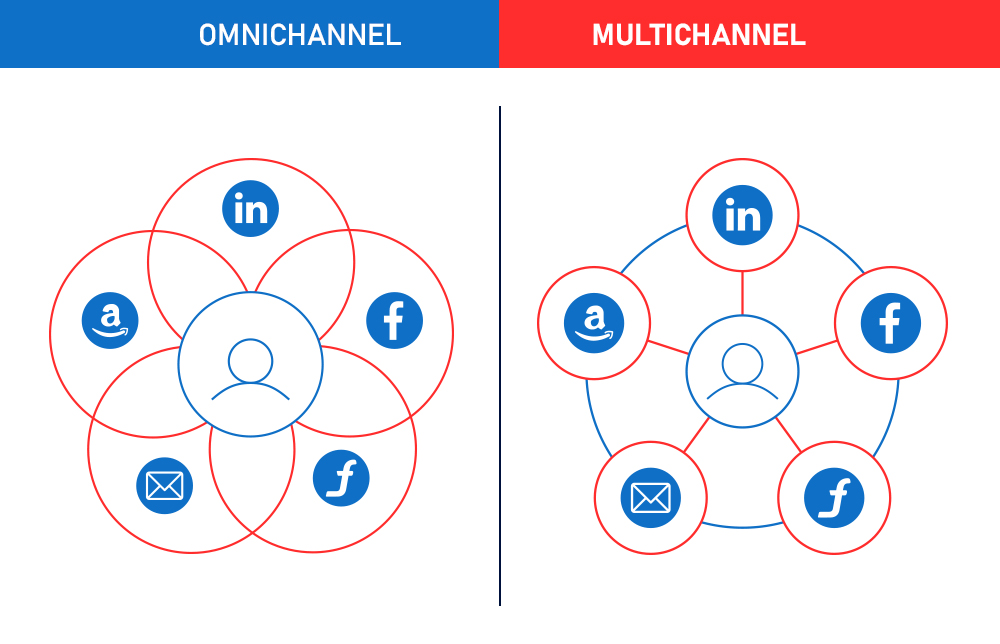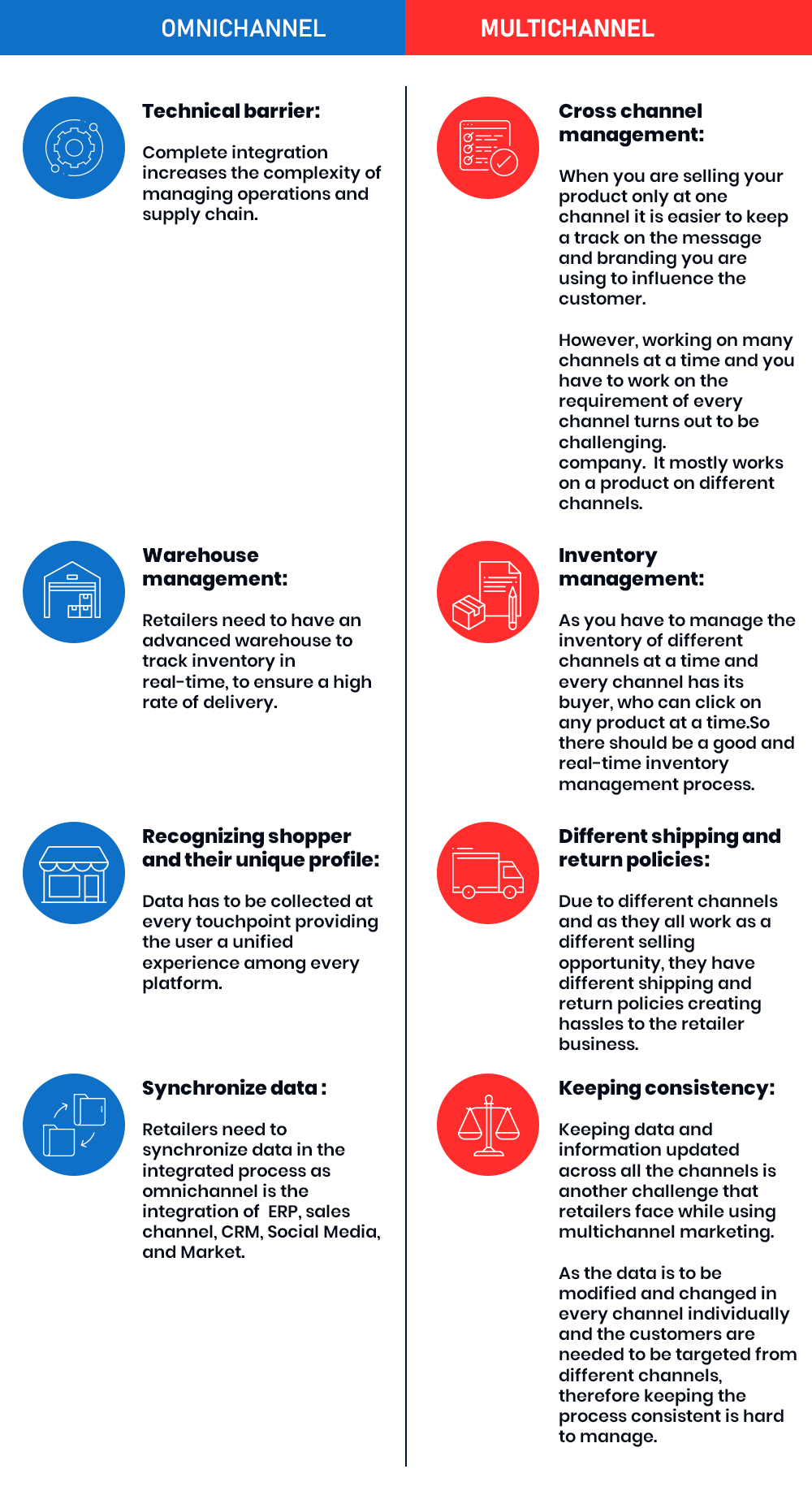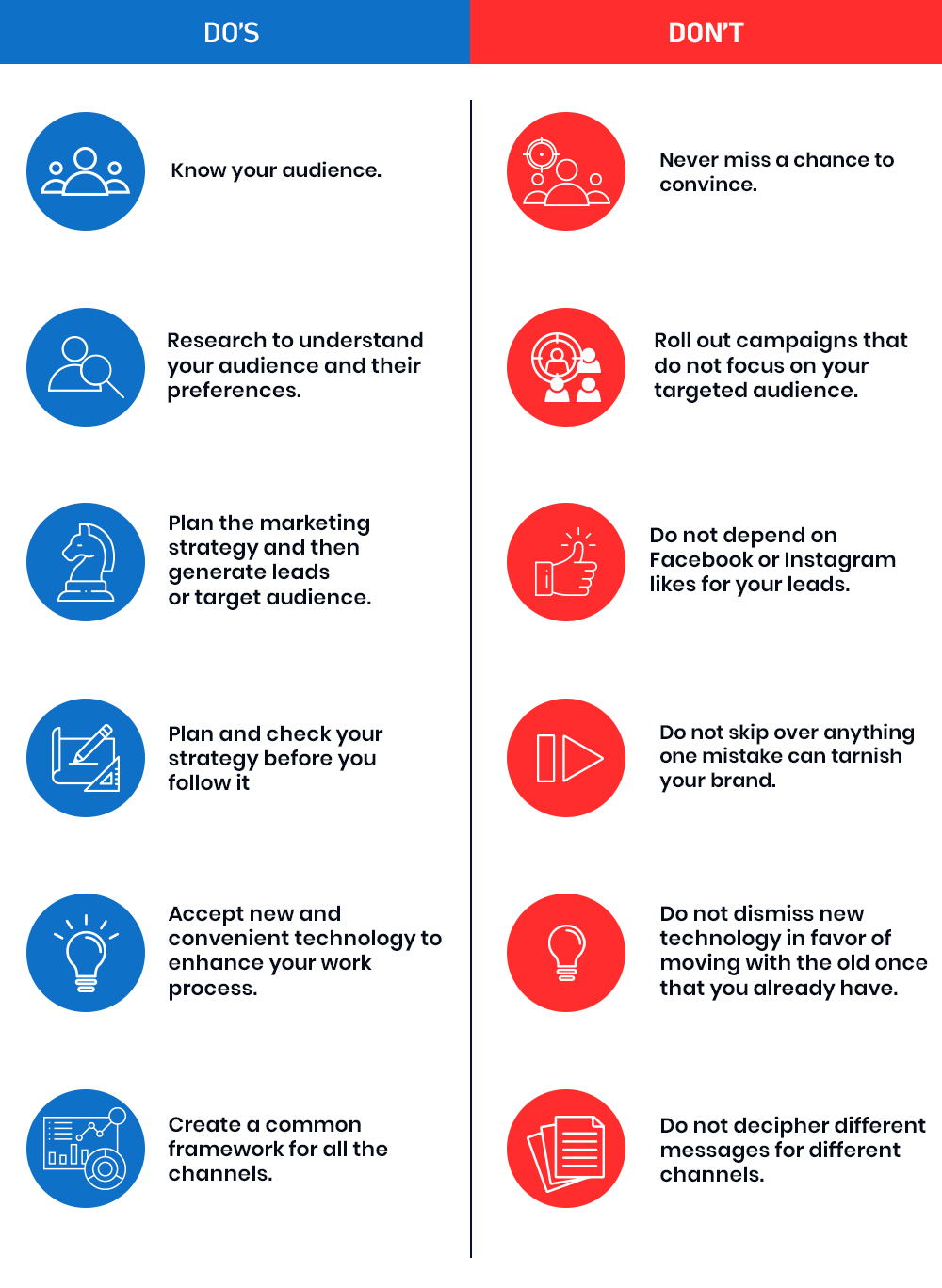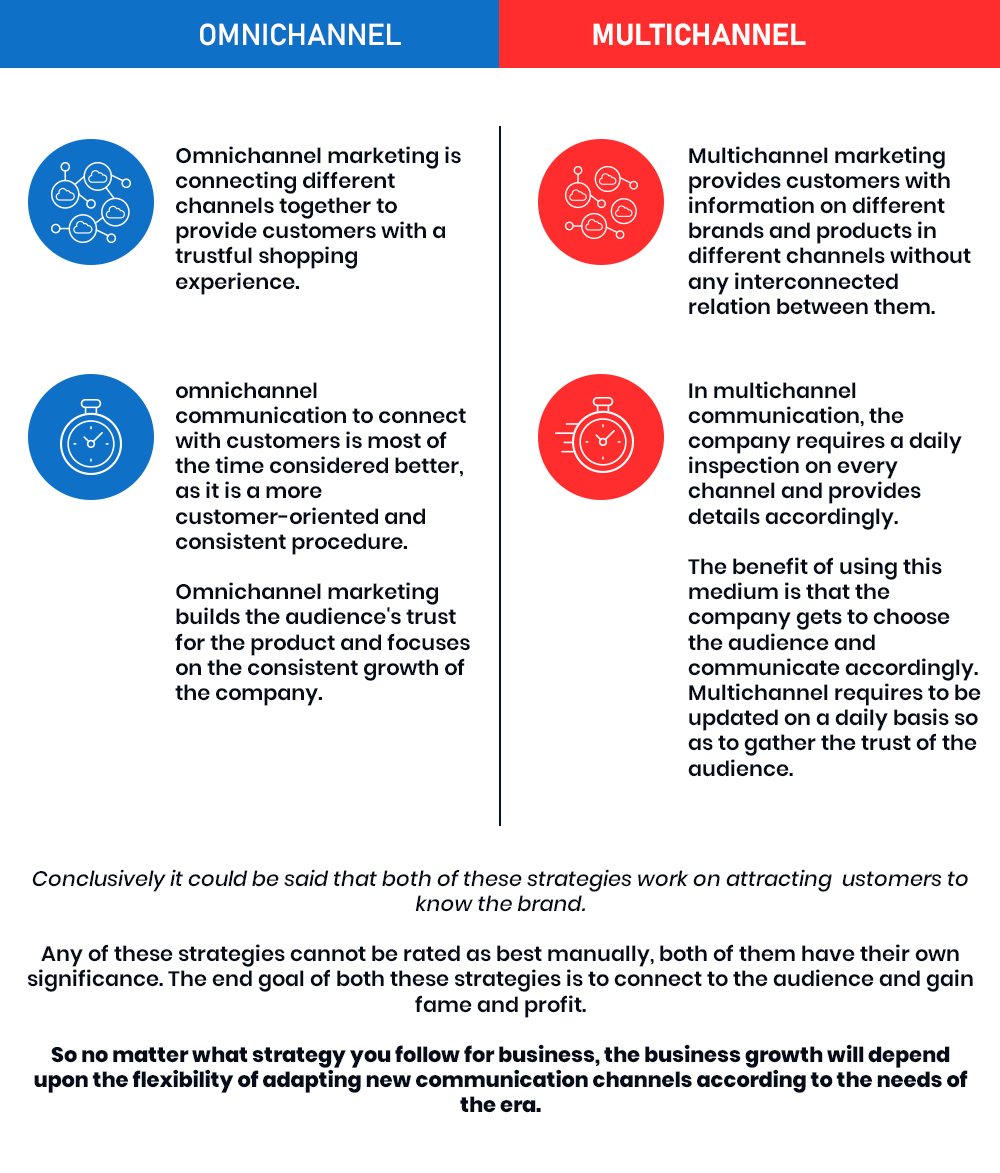New to Amazon Selling? Must know these terms
The world of eCommerce has engaged every single corner of our lives. The buyers and sellers must stay informed and updated with the daily changes. Amazon, one of the most trusted and prominent online selling platforms, has sellers from every corner of the world. New sellers on the platform need to be very handy with the key terms.
The technical aspects of trading with Amazon can become chaotic for new sellers, and this is the sole reason you must be updated and informed about some critical trending terms and words.
Getting along with the trend
A flourishing business must have routine operations that boost up the business and help you aim the bull’s eye. The world is trading on e-commerce sites, sellers, and customers from different locations in the country.
Although, the trading which goes on these platforms has a whole different set of modes of operations. You can easily manage them with some eCommerce Software for Online Sellers like eVanik OWS, which provides a wide range of services for E-Sellers to manage their back office operations efficiently.
Critical terms for Newbies for Amazon trading
SPN (Service Provider Network)
Sellers often face issues selling their products on Amazon; they generally get stuck on the Amazon seller panel. Then the SPN comes into play; Amazon has several qualified third-party service providers willing to help you with your selling account. We know that a good business must have a well-settled operational system. It depends on the type of issue that a seller is facing on the platform.
You will get assistance and complete support from the SPN. Let’s say sellers may feel that the products need to look more vibrant and should be available in high-quality images in the display section to get more deals; you are free to take help from the SPN. Assistance is based on the type of issue that the seller is facing.
DSP (Demand Side Platform)
Advertising is an integral part of marketing; The platform allows its sellers to use Amazon’s customer data to encounter different shoppers who are operating on this platform for advertisement.
The advertisement part is not only restricted to Amazon; the video and display ads are also run on the various places owned by the platform. It enhances the product’s reach to the customers.
Prime TAG
You must have come across the prime tag on some of the Amazon products. What is this, and what is the process of getting listed on Amazon Prime? We will help you crack it.
The prime tag allows you, as a seller, for maximum exposure on the platform; the delivery time is also reduced to only two days, attracting many customers. This eventually increases the sale.
This small tag has a great business; it is one of the most important reasons for increasing sales. Becoming a prime seller is easy; apply for it and get it. Then see your business flourish with unexpected results.
Buy BOX
We have come across the Amazon platform many times, many sellers are selling a single kind of product, but only one will get the buy box. It works straightforwardly, and whenever the buyer clicks on buy now or add to cart for any product, the customer will eventually buy the product from you only.
This feature is given to you only after completing some of the main criteria set by Amazon. The selection process is also straightforward; there are some benchmarks on which it is given to a seller, like performance, service quality, order defect rates, and your duration of affiliation as a seller with Amazon.
FBA (Fulfillment by Amazon)
When amazon sellers outsource their shipping to Amazon itself, this service provides the advantages of customer service and returning of the order if the buyer returns for any reason.
The idea is to smoothen the seller’s work, as this FBA part shortens up all the delivery and customer handling processes on the seller’s behalf.
With this option, Amazon stores, packs, picks, ships, and delivers your product to the customer. The seller must contact the nearest fulfillment center, and then the rest is done by Amazon itself, which lessens the seller’s burden of the backend work incurred in delivering the product.
ASIN (Amazon Standard Identification Number)
Amazon has numerous operation ideas and ways; each one is there for different sorts of scenarios. ASIN is a vital part; it is used by Amazon, which helps them identify and track products on the platform from different sellers.
An Amazon exclusive feature gives reasonable customer satisfaction, and the seller stays updated through it. It is a 10-digit alphanumeric character code.
DS (Drop Shipping)
Another important term that all the sellers should be aware of is DS which means drop shipping. In this method, products visible on the Amazon platform are not kept in-house.
Whenever the buyer orders any product, the store will purchase it from a third-party seller and deliver it to the concerned customer. This method evicts the warehouse part in which the product is stored. It gets purchased based on the orders.
SKU (Stock Keeping Unit)
The Stock Keeping Unit, which retailers use to keep track of their inventory, is a unique number consisting of letters, brands, and numbers per the manufacturer or brand. Sellers generally confuse the bar code, and the SKU is entirely different.
SKU is unique for a seller or a particular business. It is used in warehouses, retail stores, and catalogs. eCommerce Inventory Management is critical for sellers to keep their customers satisfied.
IPI
It stands for the Inventory Performance Index, generally called IPI. It is done to calculate the effectiveness of a seller with the maintenance of the FBA inventory. Different factors affect the Inventory Performance Index Score.
Popular products should always be very high in number in your stocks to maintain a reasonable customer satisfaction rate without getting out of stock; these things can sometimes get tricky when managed manually. Although, for a smooth operation, you can opt for eVanik for eCommerce Inventory Management.
Conclusion
These terms will be used all day long with your trend going on with Amazon. A seller must be aware of the needs of the business according to the market in which they deal. It makes the business handier.
You cannot afford to lag in this highly competitive eCommerce world. Usage of the skills in the proper manner helps the business to flourish unexpectedly.


